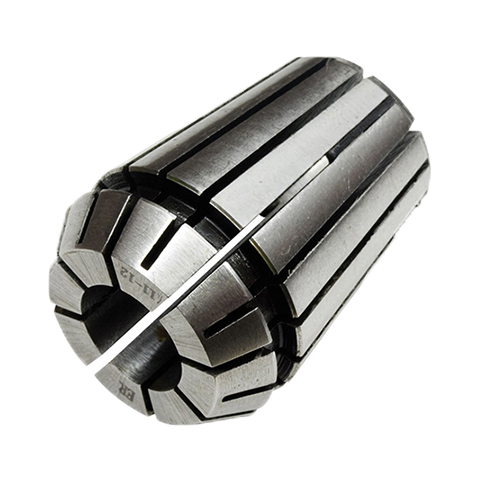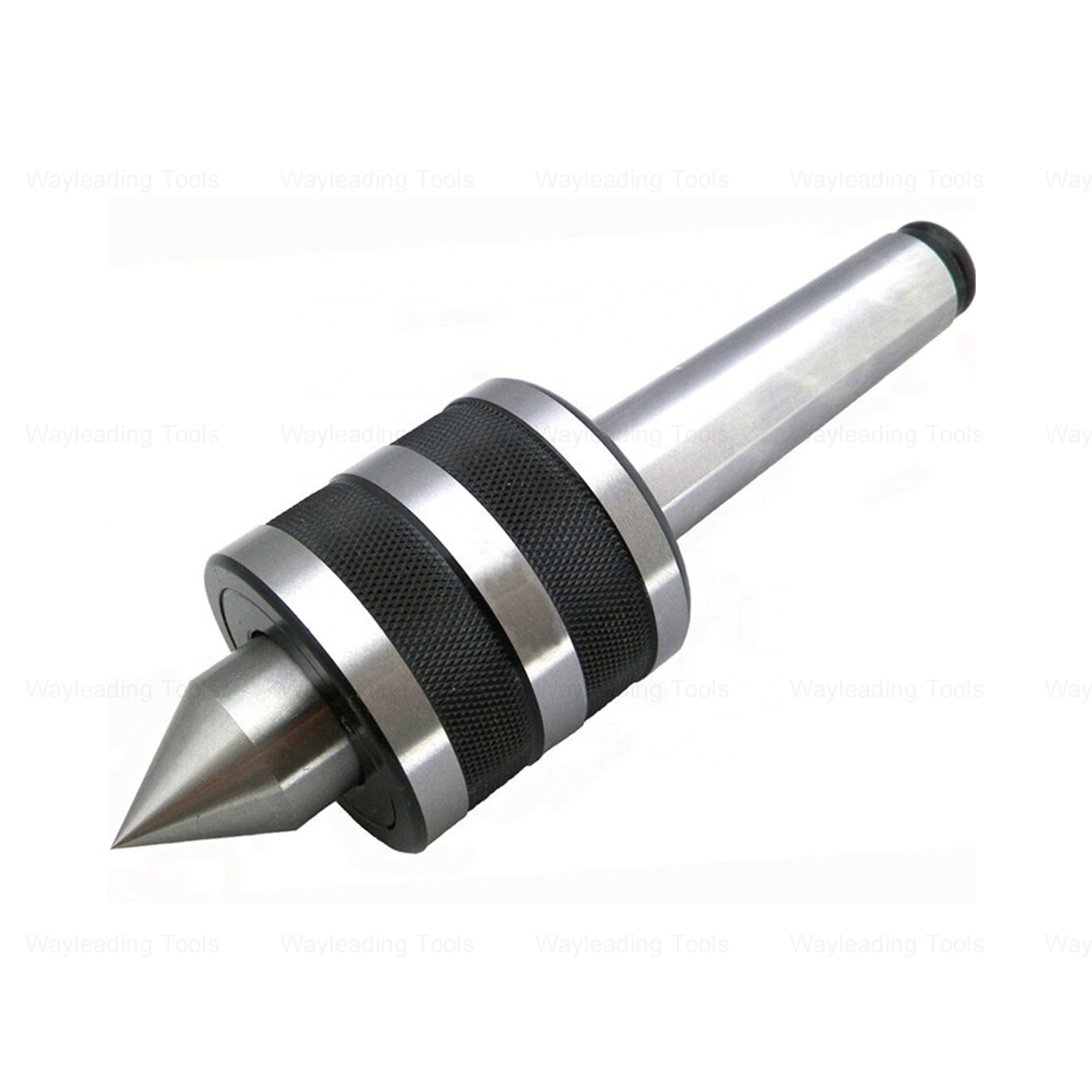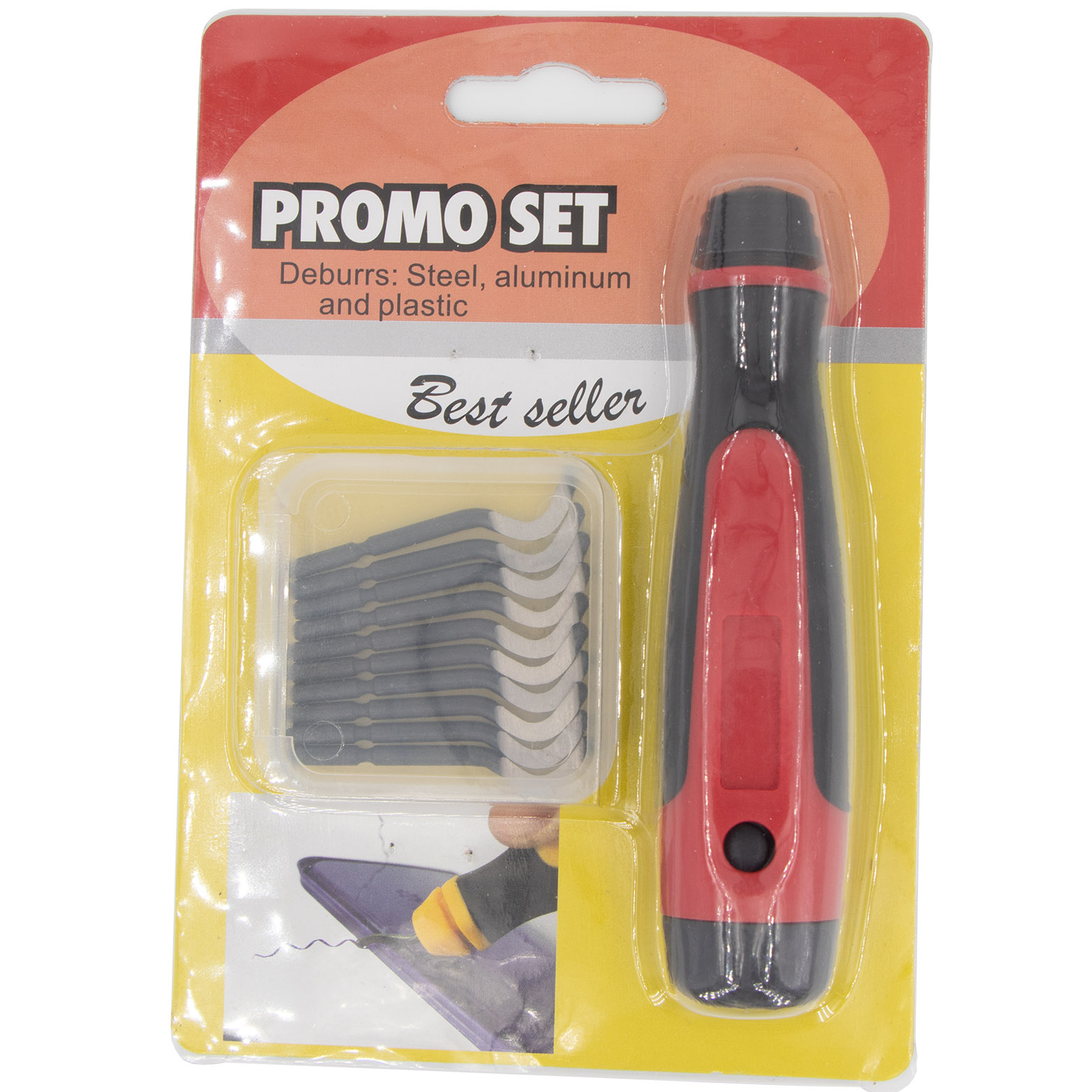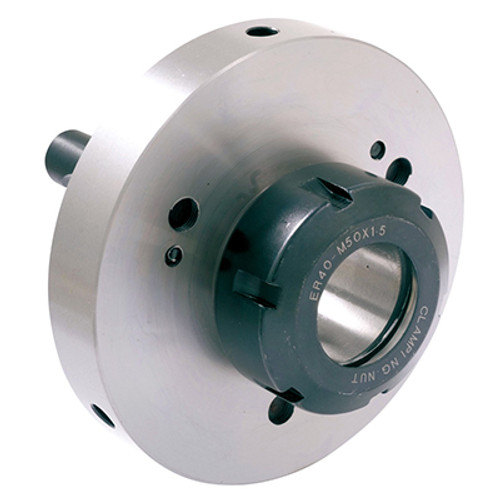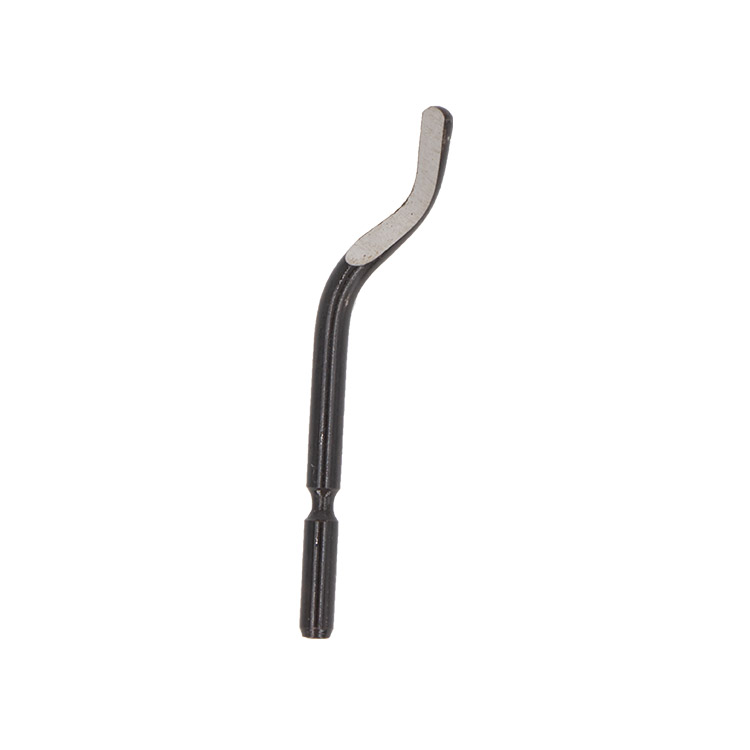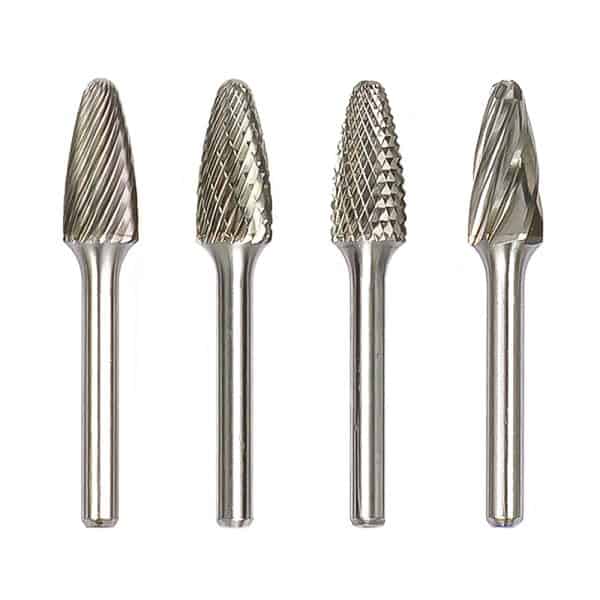Tool holding
Tool holding is the practice of securely and accurately gripping cutting tools in machine tools such as milling machines, lathes, and drills. Proper tool holding ensures precision, reduces vibration, and extends tool life. This guide covers various types of tool holding systems, selection criteria, and best practices for optimal performance.Understanding Tool Holding BasicsEffective tool holding is crucial for achieving precise and efficient machining operations. The primary functions of a tool holding system are to securely grip the cutting tool, transmit torque, and maintain concentricity. Different tool holding methods exist, each with its own advantages and disadvantages, making proper selection critical for specific applications.Why is Tool Holding Important?Poor tool holding can lead to a multitude of problems, including: Reduced tool life due to increased vibration and chatter Poor surface finish on machined parts Decreased machining accuracy Potential damage to the machine tool spindle Safety hazards due to tool slippage or breakageInvesting in quality tool holding solutions is an investment in the overall efficiency and quality of your machining processes. For more information on high-quality tool holding solutions, visit Wayleading Tools.Types of Tool Holding SystemsSeveral types of tool holding systems are available, each designed for specific applications and tool types. Here are some of the most common:Collet ChucksCollet chucks utilize a tapered sleeve (collet) to grip the cutting tool. They offer high precision and are commonly used in milling and drilling operations. Popular types include ER collets, TG collets, and DA collets. ER collets are the most versatile and widely used due to their good gripping force and wide range of sizes. They are cost-effective and easy to use, making them suitable for various machining tasks. TG collets offer higher gripping force than ER collets and are often used for heavy-duty machining. DA collets are designed for high-speed applications and provide excellent concentricity.Hydraulic ChucksHydraulic chucks use hydraulic pressure to clamp the cutting tool. They offer excellent vibration damping and are suitable for high-speed machining and finishing operations. These chucks provide consistent clamping force, resulting in improved surface finish and extended tool life. However, hydraulic chucks are generally more expensive than collet chucks.Shrink-Fit HoldersShrink-fit holders rely on thermal expansion and contraction to grip the cutting tool. The holder is heated, the tool is inserted, and as the holder cools, it shrinks around the tool, creating a very strong and accurate grip. These holders offer excellent concentricity and balance, making them ideal for high-speed machining. While they provide superior performance, they require specialized heating equipment.Side Lock HoldersSide lock holders, also known as Weldon shank holders, use a setscrew to secure the cutting tool. They are simple and cost-effective but offer lower precision and gripping force compared to other types of holders. These holders are suitable for light-duty machining and applications where high accuracy is not critical. They are commonly used for drills, end mills, and reamers.Modular Tool Holding SystemsModular tool holding systems allow for flexible and customized setups. They consist of a base holder and interchangeable cutting heads, allowing you to quickly adapt to different machining requirements. These systems can reduce setup time and inventory costs. Examples include Kennametal's KM quick-change system.Selecting the Right Tool Holding SystemChoosing the appropriate tool holding system depends on several factors, including:Machine Tool TypeThe type of machine tool (e.g., milling machine, lathe, drill press) will influence the selection of the tool holding system. Some holders are specifically designed for certain machine types.Cutting Tool TypeThe size, shape, and shank type of the cutting tool will dictate the type of holder required. Common shank types include straight shanks, tapered shanks (e.g., CAT, BT, HSK), and Weldon shanks.Machining ApplicationThe type of machining operation (e.g., roughing, finishing, drilling) will impact the required gripping force, accuracy, and vibration damping characteristics.Speed and Feed RatesHigh-speed machining requires holders with excellent balance and concentricity to minimize vibration and ensure optimal tool life. Higher feed rates may require holders with increased gripping force.Material Being MachinedThe material being machined (e.g., aluminum, steel, titanium) can affect the cutting forces and vibration levels. More rigid materials may require holders with superior damping characteristics.Best Practices for Tool HoldingFollowing these best practices will help you maximize the performance and lifespan of your tool holding systems:CleanlinessAlways ensure that the tool holding system and cutting tool shanks are clean and free from debris. Dirt and chips can compromise the gripping force and accuracy.Proper TorqueUse a torque wrench to tighten the clamping screws to the manufacturer's recommended torque specifications. Over-tightening can damage the holder or cutting tool, while under-tightening can lead to slippage.Regular MaintenanceInspect tool holding systems regularly for wear and damage. Replace worn or damaged components to maintain optimal performance. Clean and lubricate moving parts as needed.Proper StorageStore tool holding systems in a clean and dry environment to prevent corrosion and damage. Use protective covers to prevent contamination.Using the Correct Collet SizeAlways use the correct collet size for the cutting tool shank. Using an incorrect size can damage the collet and reduce gripping force. Never force a tool into a collet that is too small.Troubleshooting Common Tool Holding ProblemsEven with proper selection and maintenance, tool holding problems can still occur. Here are some common issues and their potential solutions:Tool SlippageTool slippage can be caused by insufficient gripping force, worn-out collets, or contaminated surfaces. Clean the holder and tool shank, replace worn components, and ensure that the clamping screws are tightened to the correct torque.Excessive VibrationExcessive vibration can be caused by an unbalanced tool holding system, a worn spindle, or incorrect cutting parameters. Balance the holder, check the spindle condition, and adjust the cutting speed and feed rates.Poor Surface FinishPoor surface finish can be caused by inadequate vibration damping, a dull cutting tool, or incorrect cutting parameters. Use a holder with improved damping characteristics, replace the cutting tool, and adjust the cutting speed and feed rates. For the best surface finish Wayleading Tools recommend investing in high-quality tools and holders.Advanced Tool Holding TechnologiesAdvancements in tool holding technology are continuously improving machining efficiency and precision. Some notable innovations include:Smart Tool HoldingSmart tool holding systems incorporate sensors and monitoring devices to track clamping force, vibration levels, and tool wear in real-time. This data can be used to optimize cutting parameters and prevent tool failure.Active Vibration DampingActive vibration damping systems use actuators to counteract vibration forces, resulting in improved surface finish and extended tool life. These systems are particularly useful for machining complex parts and difficult-to-machine materials.Quick-Change Tool HoldingQuick-change tool holding systems allow for rapid tool changes, reducing setup time and increasing machine utilization. These systems are ideal for high-volume production environments.Examples of Tool Holding ManufacturersSeveral reputable manufacturers offer a wide range of tool holding solutions. Some well-known brands include: Sandvik Coromant Kennametal HAIMER BIG Kaiser SchunkConclusionProper tool holding is essential for achieving precise, efficient, and safe machining operations. By understanding the different types of tool holding systems, selecting the appropriate holder for your application, and following best practices, you can maximize the performance of your machine tools and cutting tools. Investing in high-quality tool holding solutions, like those offered by Wayleading Tools, is a key step in optimizing your manufacturing processes. Comparison of Common Tool Holding Systems Tool Holding System Advantages Disadvantages Typical Applications Collet Chucks High precision, versatile, cost-effective Lower gripping force compared to other systems Milling, drilling, reaming Hydraulic Chucks Excellent vibration damping, consistent clamping force More expensive than collet chucks High-speed machining, finishing operations Shrink-Fit Holders Excellent concentricity and balance, strong grip Requires specialized heating equipment High-speed machining Side Lock Holders Simple, cost-effective Lower precision and gripping force Light-duty machining, drilling References: Sandvik Coromant: https://www.sandvik.coromant.com/ Kennametal: https://www.kennametal.com/ HAIMER: https://www.haimer.com/
Related products
Related products
Best selling products
Best selling products-
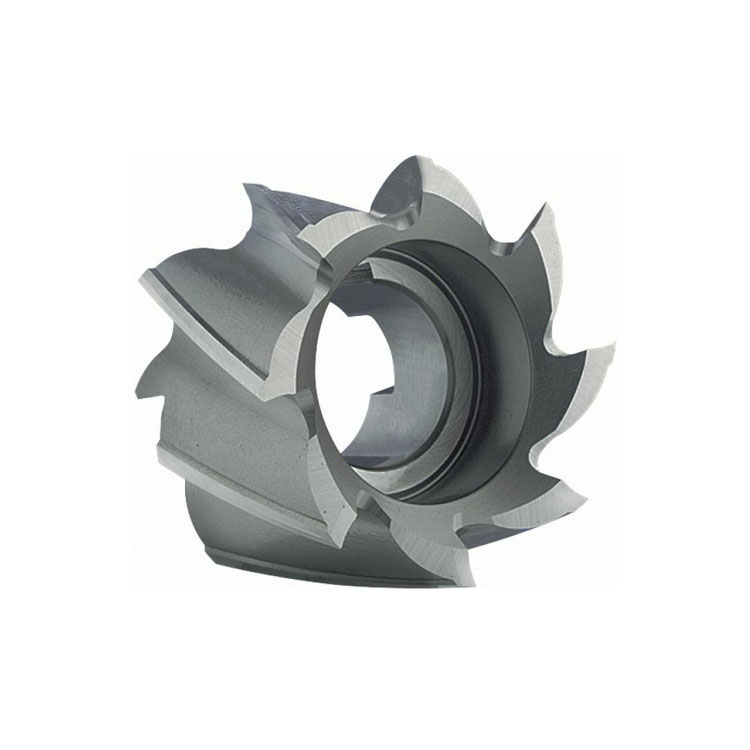 HSS Shell End Mill Cutter With Bright & TiN Or TiAlN Coated
HSS Shell End Mill Cutter With Bright & TiN Or TiAlN Coated -
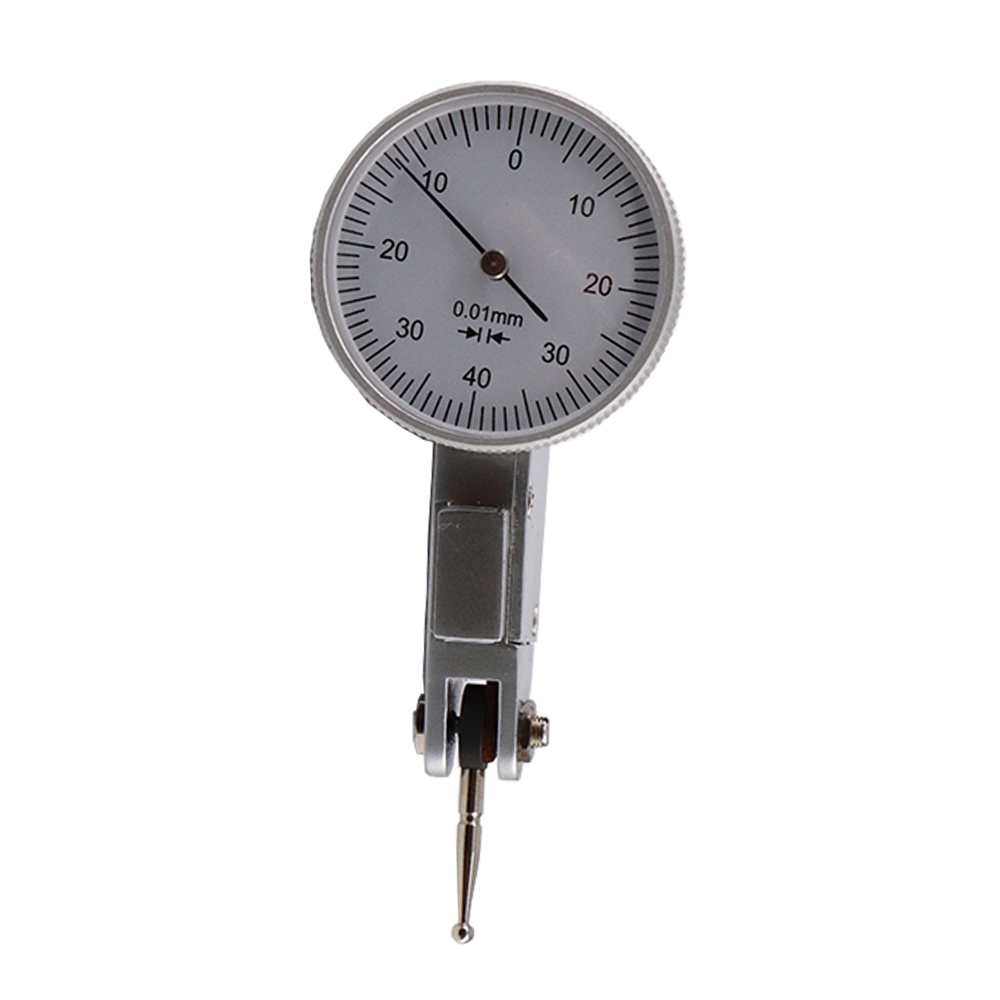 Precision Dial Test Indicator Gage For Industrial
Precision Dial Test Indicator Gage For Industrial -
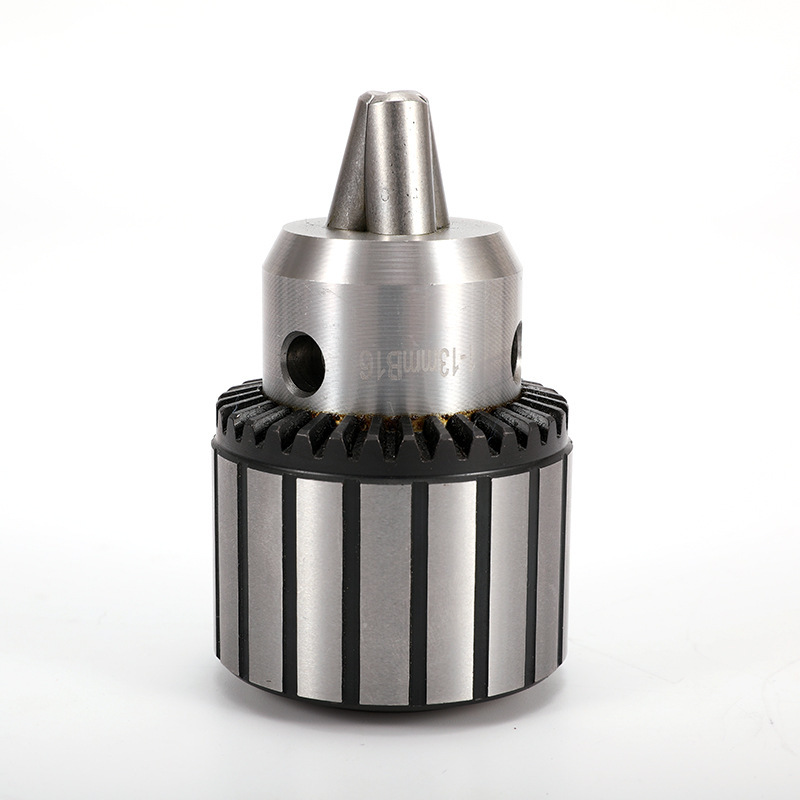 Key Type Drill Chuck With Heavy Duty Type
Key Type Drill Chuck With Heavy Duty Type -
 HSS Inch Screw Slotting Saws For Industrial With Bright Or TiN Coated
HSS Inch Screw Slotting Saws For Industrial With Bright Or TiN Coated -
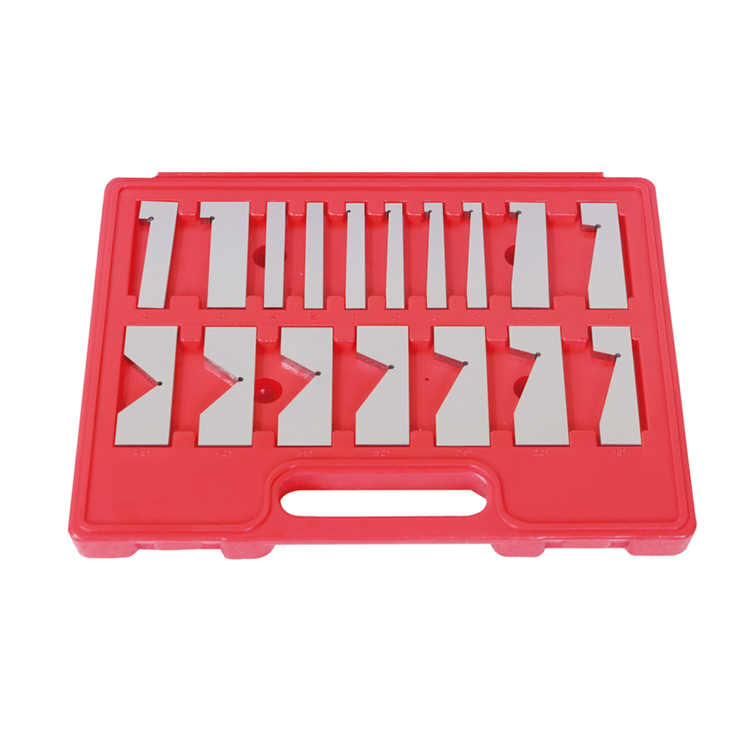 Precision 17pcs Angle Blocks Set With High Quality Type
Precision 17pcs Angle Blocks Set With High Quality Type -
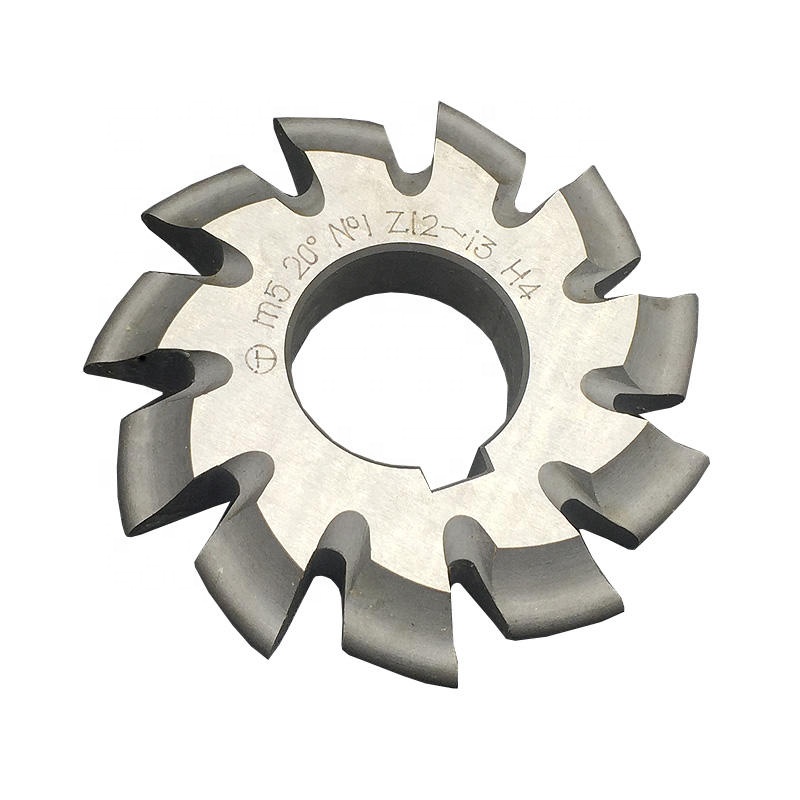 HSS DP Involute Gear Cutters With PA20 And PA14-1/2
HSS DP Involute Gear Cutters With PA20 And PA14-1/2 -
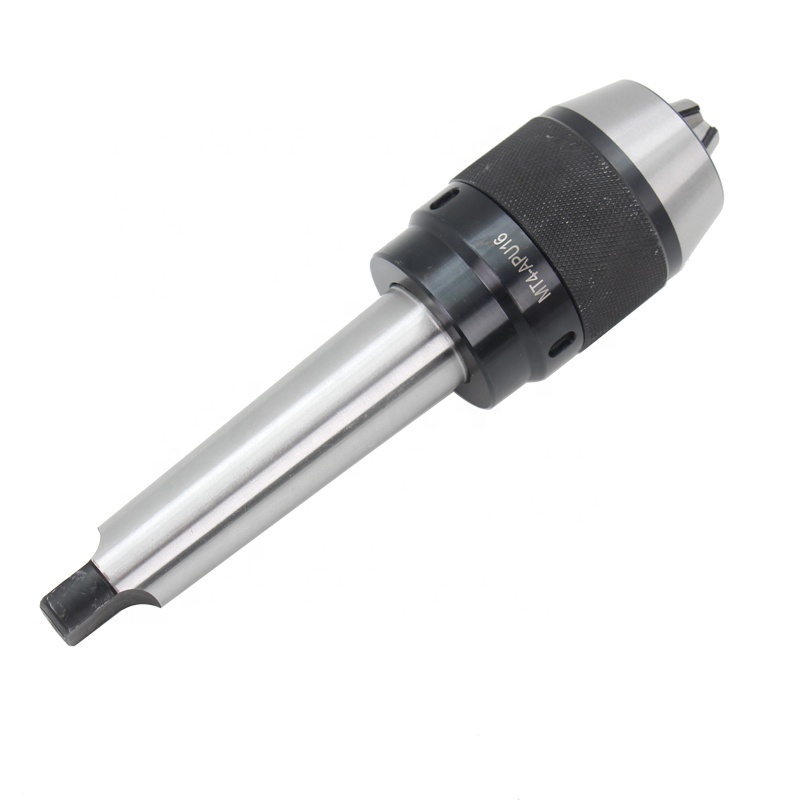 MT-APU Drill Chuck Holder With Keyless Type
MT-APU Drill Chuck Holder With Keyless Type -
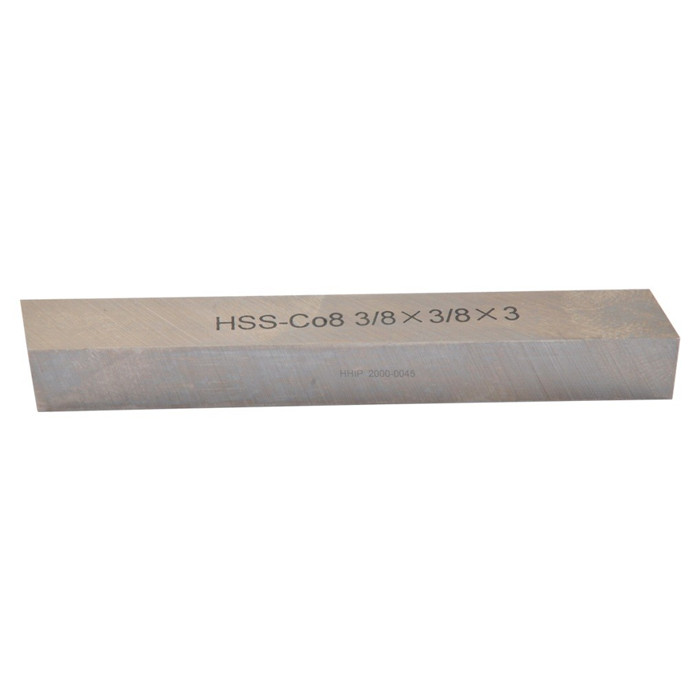 HSS Metric Square Tool Bit With Industrial Type
HSS Metric Square Tool Bit With Industrial Type -
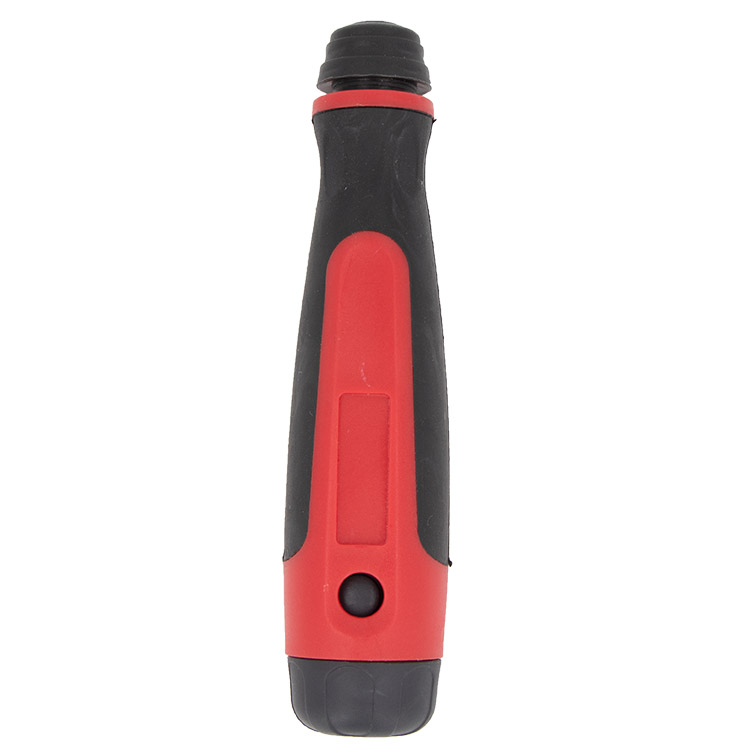 Deburring Tool Holder For The Deburring Tool Blades
Deburring Tool Holder For The Deburring Tool Blades -
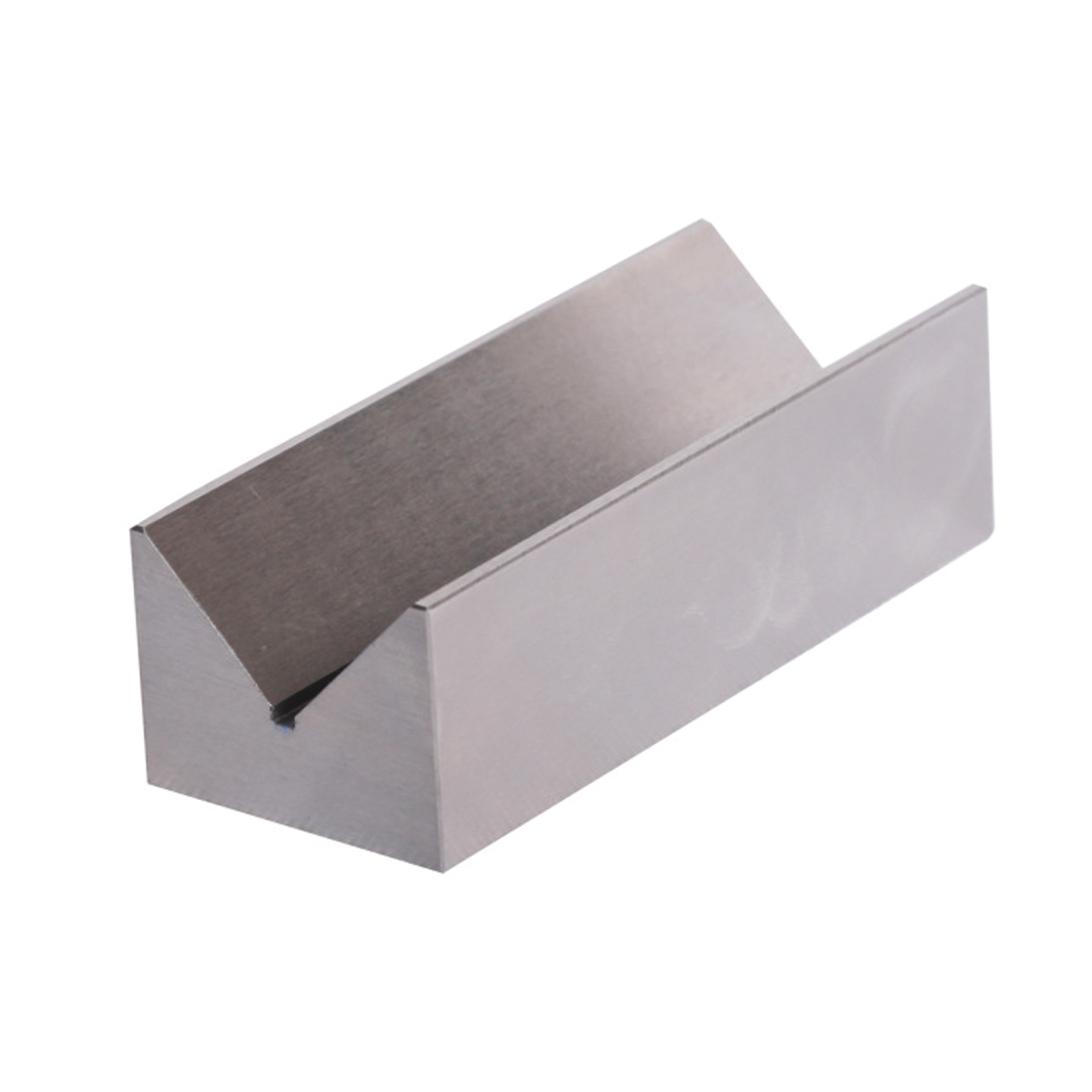 Precision V Block Set With Industrial Type
Precision V Block Set With Industrial Type -
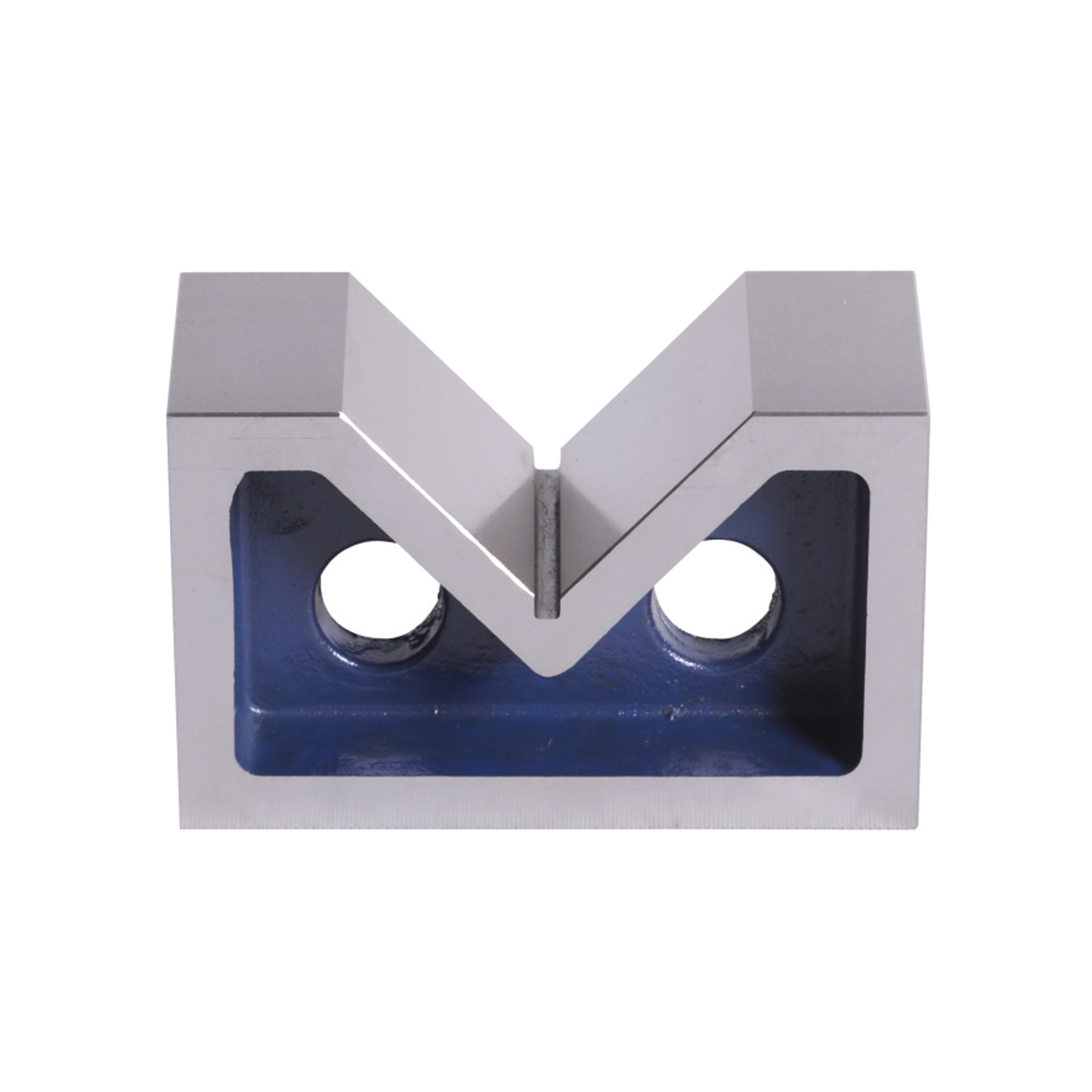 Precision V Block Set With High Quality Type
Precision V Block Set With High Quality Type -
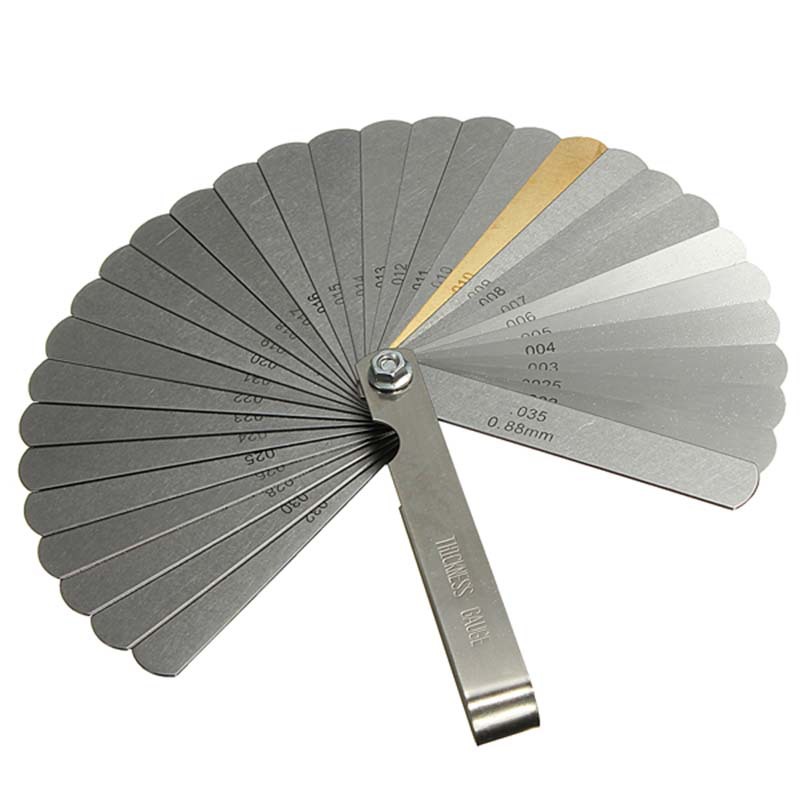 32 Blades Feeler Gauge From 0.04-0.88MM
32 Blades Feeler Gauge From 0.04-0.88MM
Related search
Related search- reamer set Factory
- SDHC turning tool holder Suppliers
- pull studs wrench Factories
- gre external grooving toolholders Supplier
- boring bar set Factory
- american dryseal taper pipe full profile threading insert Factory
- sk collet chuck Manufacturer
- brake micrometer
- face milling cutter holder Manufacturer
- Jobber Length Drill Bits

